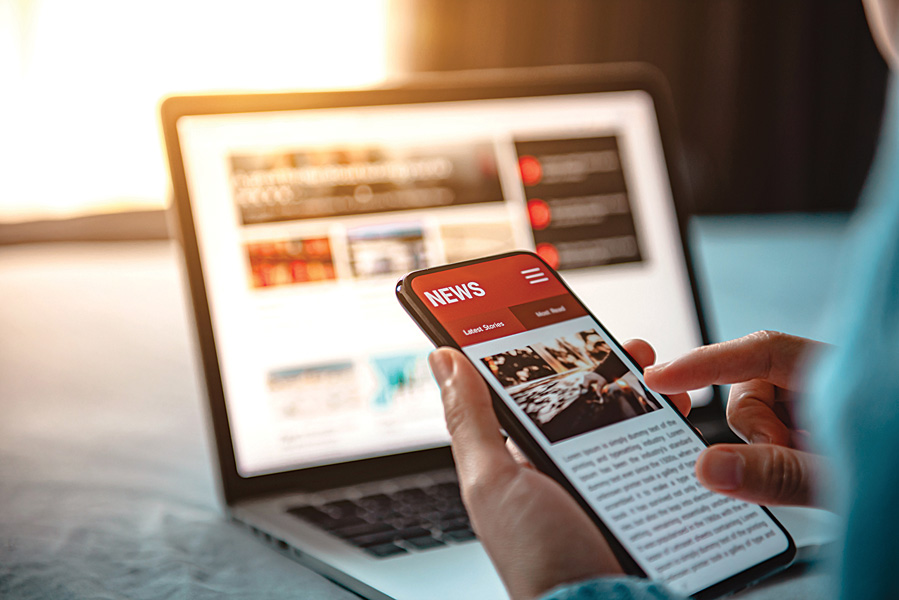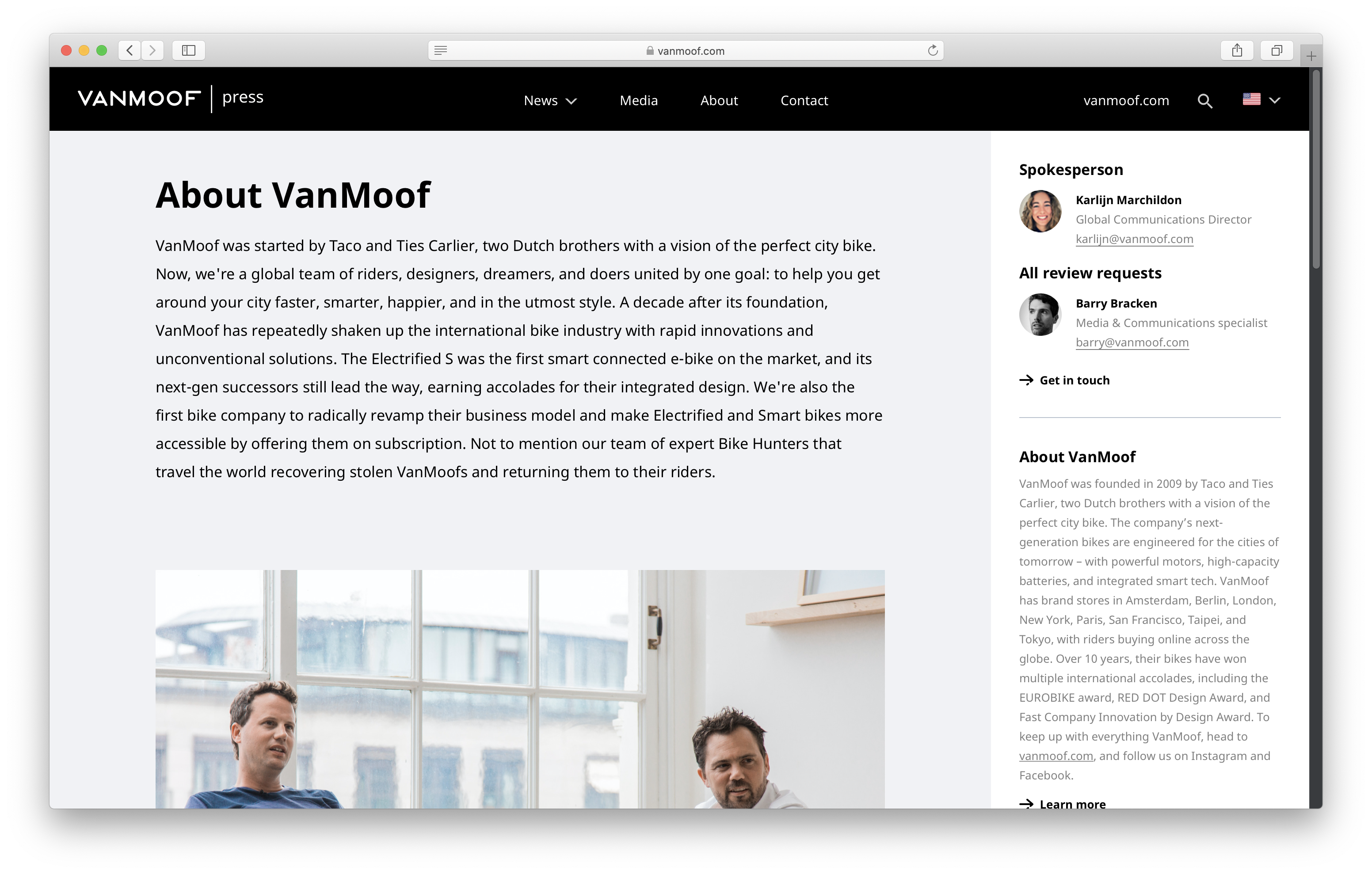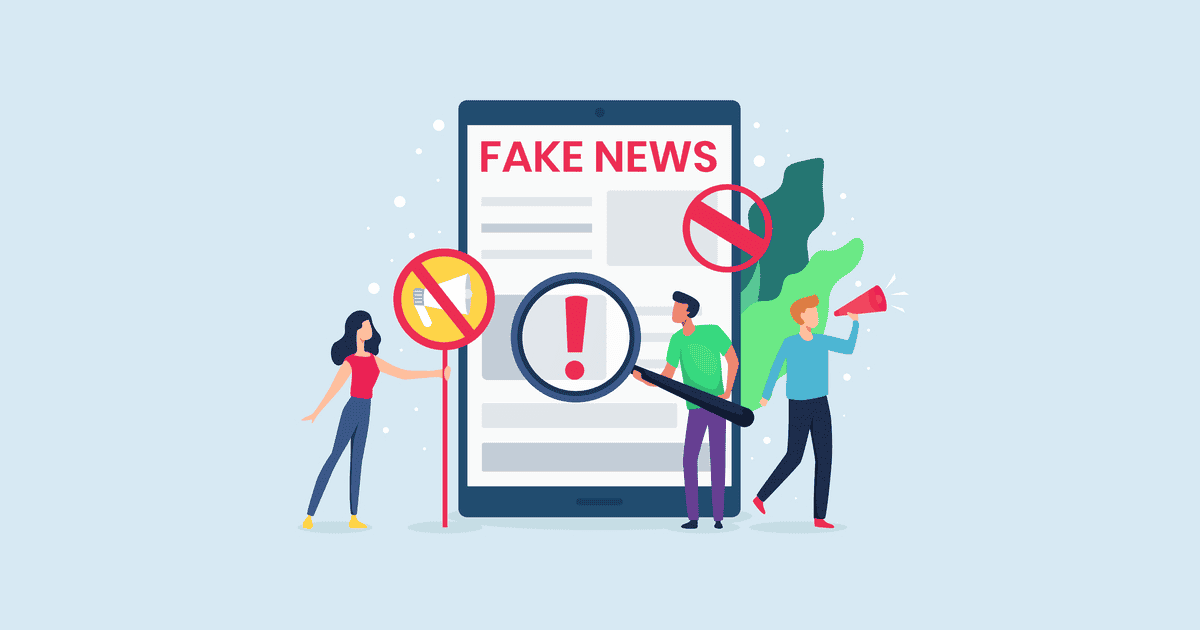The Popular News Diaries
Wiki Article
How Popular News can Save You Time, Stress, and Money.
Table of ContentsThe Basic Principles Of Popular News Little Known Questions About Popular News.Some Known Details About Popular News Popular News for Dummies
Age is also a variable in the method people view the role of social media sites. Younger social networks information consumers are more probable to state it has impacted their learning for the much better. Concerning fifty percent of social media sites news customers ages 18 to 29 (48%) say news on social media sites makes them far better informed, compared to 37% of those 30 to 49, 28% of those 50 to 64, and 27% of those 65 and older.
Research study on a state's new tax obligation code most likely will not generate the same interest throughout state borders. Periodically specialists can aid localize a larger national tale that influences more than just a city or state.
If you are releasing relevant study, loophole in MarComm before the write-up being published so that the pitch can highlight the newest element of the story: the magazine of the research study - Popular News. Events and announcements that entail high-profile numbers are more probable to produce media protection. Visits from national figures frequently need months of preparation due to anticipated community passion
The Ultimate Guide To Popular News
We can assist alleviate potential reputational danger with these tales while also increasing the probabilities of producing insurance coverage. While several of the above information values are intertwined, human interest stories often stand apart.
Human passion components can include news worth to various other tales that may show up to be doing not have in the various other values. The uniqueness or oddity of a circumstance can aid affect whether an information outlet is likely to cover a story. While this is not an exhaustive checklist, checking to see if your news product or occasion has these qualities before calling us will assist you establish which elements hold the most news worth.

There is additionally significant evidence that more customers might begin to spend for information in the futureif authors can comprehend them and offer them well. Half of those who do not spend for news actively look for my website news and resemble subscribers in different ways. And nearly 2 in 10 of those who don't sign up for information now show they are inclined to start to pay in the future.
What Does Popular News Mean?
We then ask a set of concerns to establish whether people pay for specific types of news sources. We asked individuals to call the sources they utilize most oftenwhether they pay for them or nothow they use them, the certain things they take into consideration crucial regarding them, and some related inquiries concerning the expense and value of that resource.
More than 4 in 10 likewise point out the fact that loved ones register for the exact same item. Greater than a 3rd of individuals say they originally subscribed in feedback to a discount rate or promo. In print, people likewise are moved heavily to register for get discount coupons that save them money, something that has untapped effects in electronic.
Unknown Facts About Popular News
Concerning fifty percent are "information applicants," implying they actively choose news as opposed to primarily encountering it in a more passive means, though the news that nonpayers are looking for (in the meantime, at the very least) is often regarding national politics. Like customers, much of these individuals additionally get information multiple times a day, make use of the information Recommended Reading in means similar to clients, and want comparable topics, including foreign or worldwide news.We asked everyone that informed us they have a routine complimentary resource of news exactly how likely they would certainly be to spend for it. Greater than a quarter (26 percent) say they would certainly be at the very least somewhat likely to begin paying for itand 10 percent are extremely or extremely likely. These most likely payers have a tendency to be information hunters, and they additionally often tend to be individuals who currently spend for a news subscription along with the source they follow absolutely free.
Of those who do pay, 54 percent subscribe to papers in print or electronically, which represents 29 percent of Americans on the whole. The majority of them get a print magazine together with their paper and pay for 2 to four information sources in total amount, some much more. And while 53 percent are long-time customers (5+ years), greater than a quarter (27 percent) have actually bought their newspaper subscription within the previous year.
Couple of print subscribers think it most likely they will change to a digital-only subscription in the future, and over half of those who favor electronic have actually never ever spent for a print version of the same resource (Popular News). Totally 75 percent of newspaper payers claim they mainly read the paper in print, while 21 percent are mainly digital users, and 4 percent define themselves as evenly split
Report this wiki page